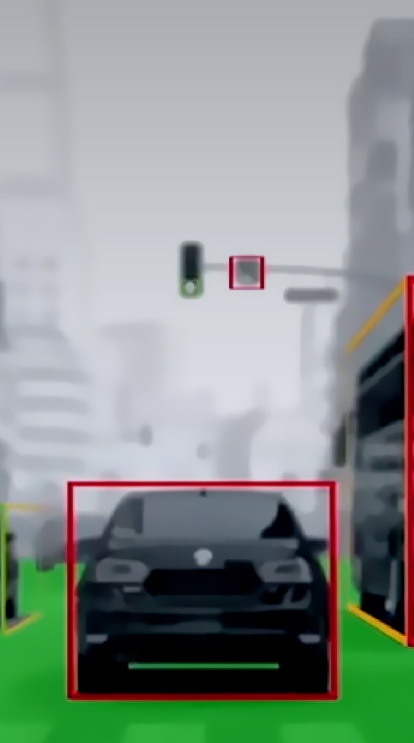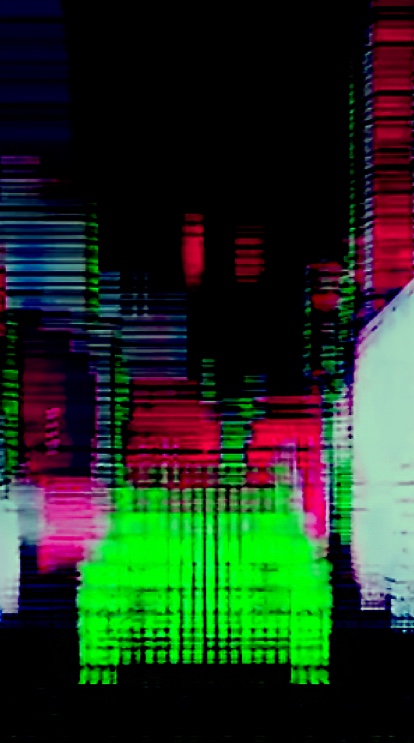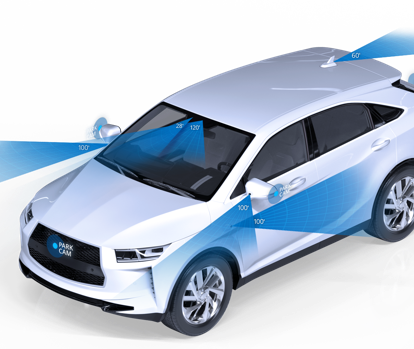True Redundancy
What's Behind the Name?
Sensor redundancy is meant to ensure that sensors serve as back-ups for one another. But we often see complementary, not redundant, sensors – where cameras and radar or lidar each sense certain elements of the environment, which are then combined to build a single world model.
At Mobileye, we task both channels – camera and radar-lidar – with sensing all elements of the environment and each building a full model.
This is True Redundancy.












